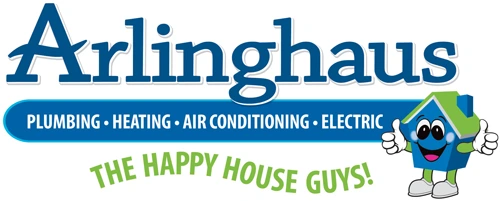For a lot of people, spring is a great time to be miserable inside and outside due to the increase in seasonal allergies. No one wants to be sneezing or rubbing their eyes all day, especially when the weather is nice and the flowers abound. You have many alternatives if you just invest a bit of time and effort into overcoming common allergy triggers. Use these tips to stop seasonal allergies from compromising your indoor air quality and ruining your day.
What Are Seasonal Allergies?
The term “allergies” describes the body’s reaction to the presence of certain items, which could be plants, food or man-made chemicals. Certain types of allergies tend to crop up at specific times of the year. Seasonal allergies may be related to the weather or plants that grow during the season. Trees, grass, ragweed and pollen are common spring outdoor allergens. You may notice an allergy through symptoms that feel like a cold but do not go away, such as:
- stuffy or runny nose
- headaches
- itchy or watery eyes
- sneezing
If you suffer from seasonal allergies, you are far from alone. The Louisville, KY area consistently ranks in the nation’s top regions for seasonal allergies in the spring. The presence of these contaminants in the air is highest in the morning, at night and after a rainstorm.
How Do Outdoor Allergens Affect Indoor Air Quality?
Staying indoors to avoid seasonal allergens seems like a good idea, but it is not always effective for a few different reasons.
- Some allergens, such as mold, will take advantage of warmer temperatures to grow indoors, spreading spores through your home.
- You bring a lot of the outdoors inside every time you open a door or window.
- If you have inadequate filtration for your HVAC system, the equipment will pull plenty of pollen, ragweed and grass from the outside into your home and through the ductwork.
Fortunately, there are ways to minimize these problems.
Which Methods Effectively Prevent Home Contamination?
The best approach to tackle the problem and improve your indoor air quality is to use and maintain your HVAC system properly. Avoid throwing open your doors and windows for hours at a time, because all it takes is a gentle breeze to blow dust and pollen inside. Instead, create thermostat settings for your air conditioner that keep you appropriately comfortable. Test your doors and windows to confirm they shut tightly as air leaks around the frames can be a common source of contamination. Select air filters with a Minimum Efficiency Reporting Value (MERV) rating that will draw out the allergens you need removed. A clogged filter does not remove allergens effectively, so you need to set a reminder to change your filter at least every 1-3 months, depending on the specifications of the filter.
What Can I Do to Minimize Seasonal Allergies?
Despite your best efforts, you still risk some seasonal allergens entering your home and wreaking havoc on your ability to breathe clearly. There are a few home improvements and habits you can adopt to reduce the problem even further.
- Make a practice of taking off your shoes when you enter the home and wiping your feet on a mat before you walk in.
- Stay inside during the times of day when allergy counts are highest.
- Consider replacing carpets with hard floors and rugs that are easy to wash clean. Sweep, mop or vacuum daily, and clean window treatments regularly.
Although many seasonal allergy medications are available over-the-counter, you should consult your doctor if allergies present a significant health concern for you or a member of your family.
Should I Buy an Air Purifier?
If your reaction to seasonal allergies is pervasive or serious, you might consider purchasing an air purifier to remove more contaminants. Air purifiers come in varying sizes that are meant for an individual room or your entire home. This is an investment that requires research as some models are far better than others.
In general, air purifiers are much more effective at removing dust, pollen and other physical particles. They are not as useful at eliminating gaseous contaminants, however, such as fumes from paint or cleaning products. Many models have filters you must replace. As you look at possible options, use the clean-air delivery rate (CADR) to determine the efficacy of the machine. A CADR of 350 or higher is ideal, and anything below 100 is largely useless.
If you tear up a little as you see the wind blowing gently through the trees, you may suffer from seasonal allergies. Fortunately, you do not have to let these allergic reactions dictate your spring or summer activities. By improving the filtration in your home and changing your lifestyle to reduce the accumulation of allergens, you can breathe more readily indoors and out.


